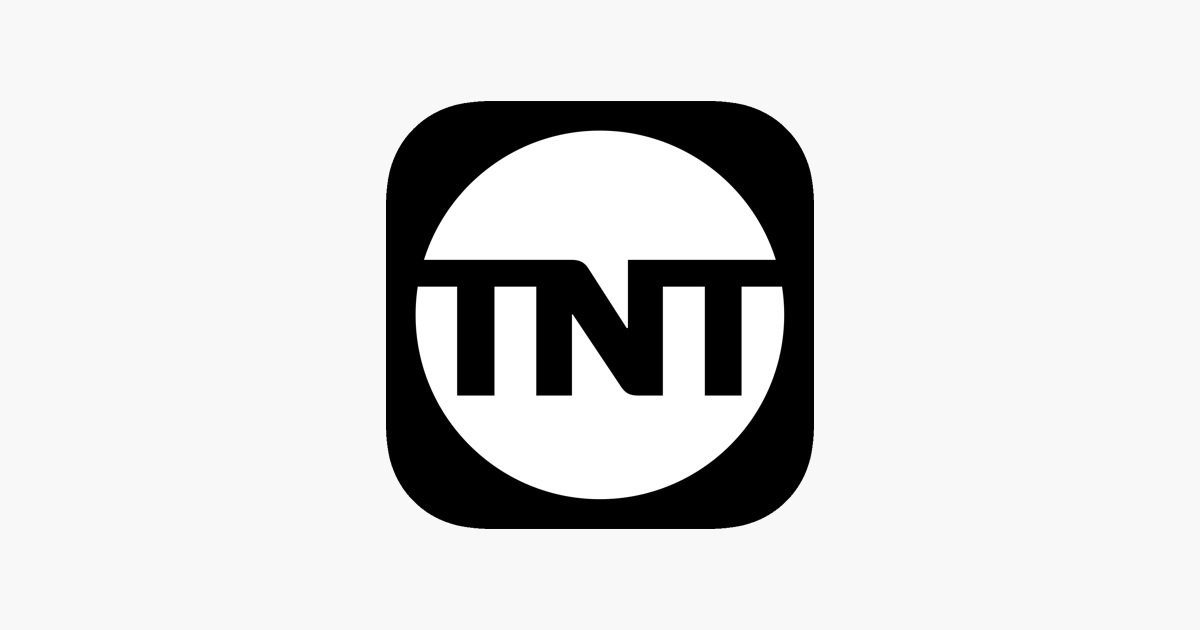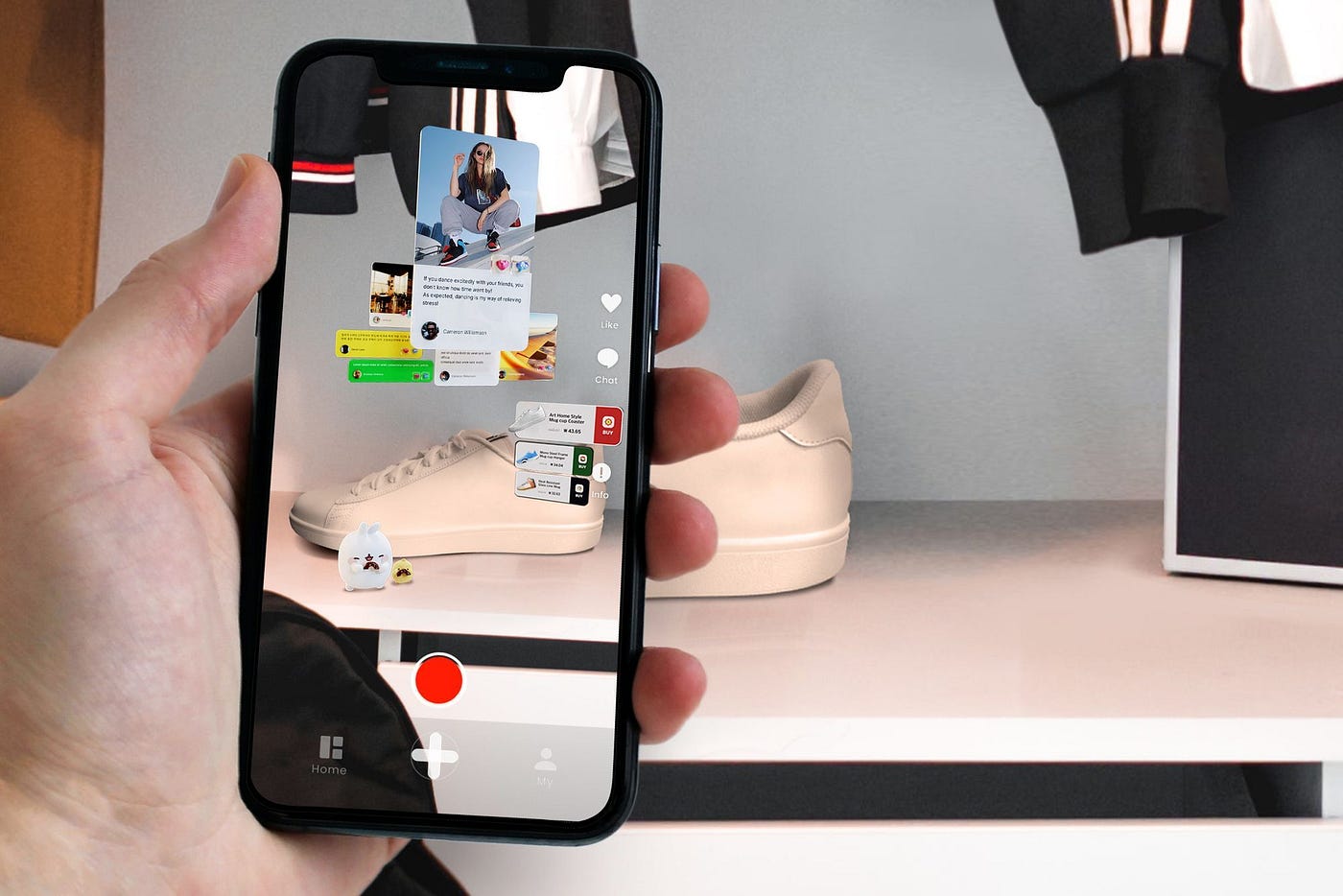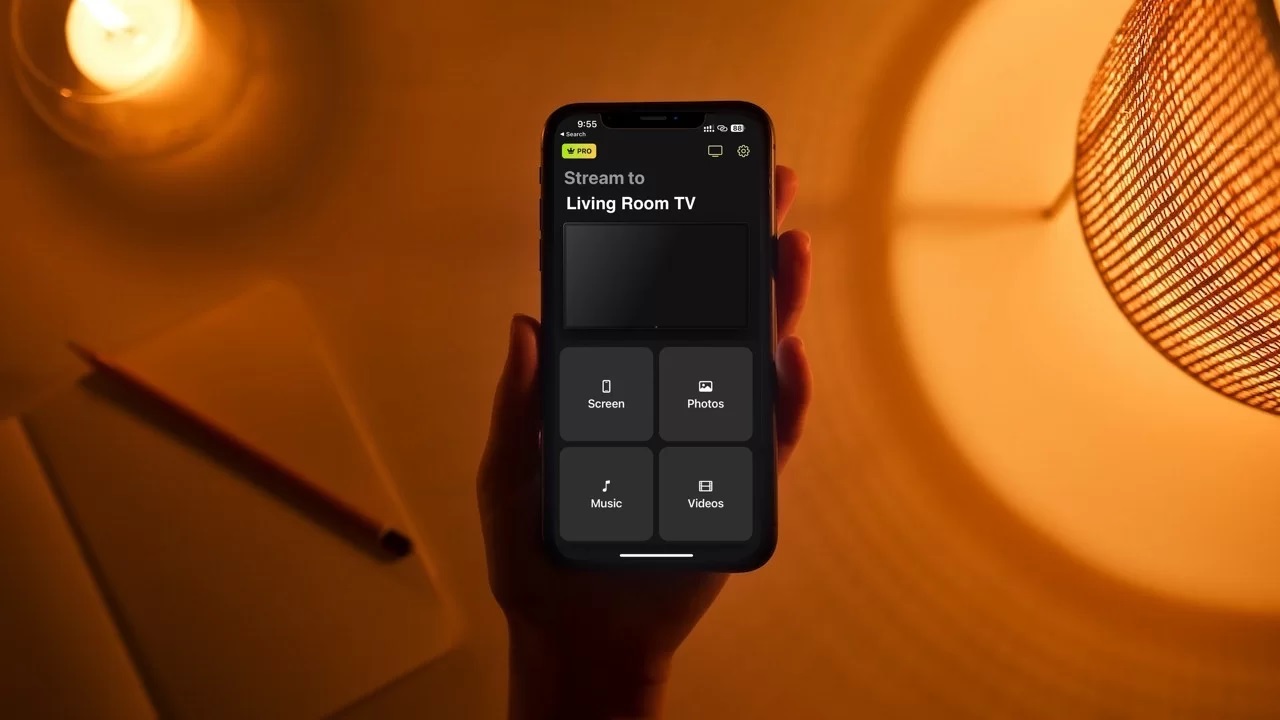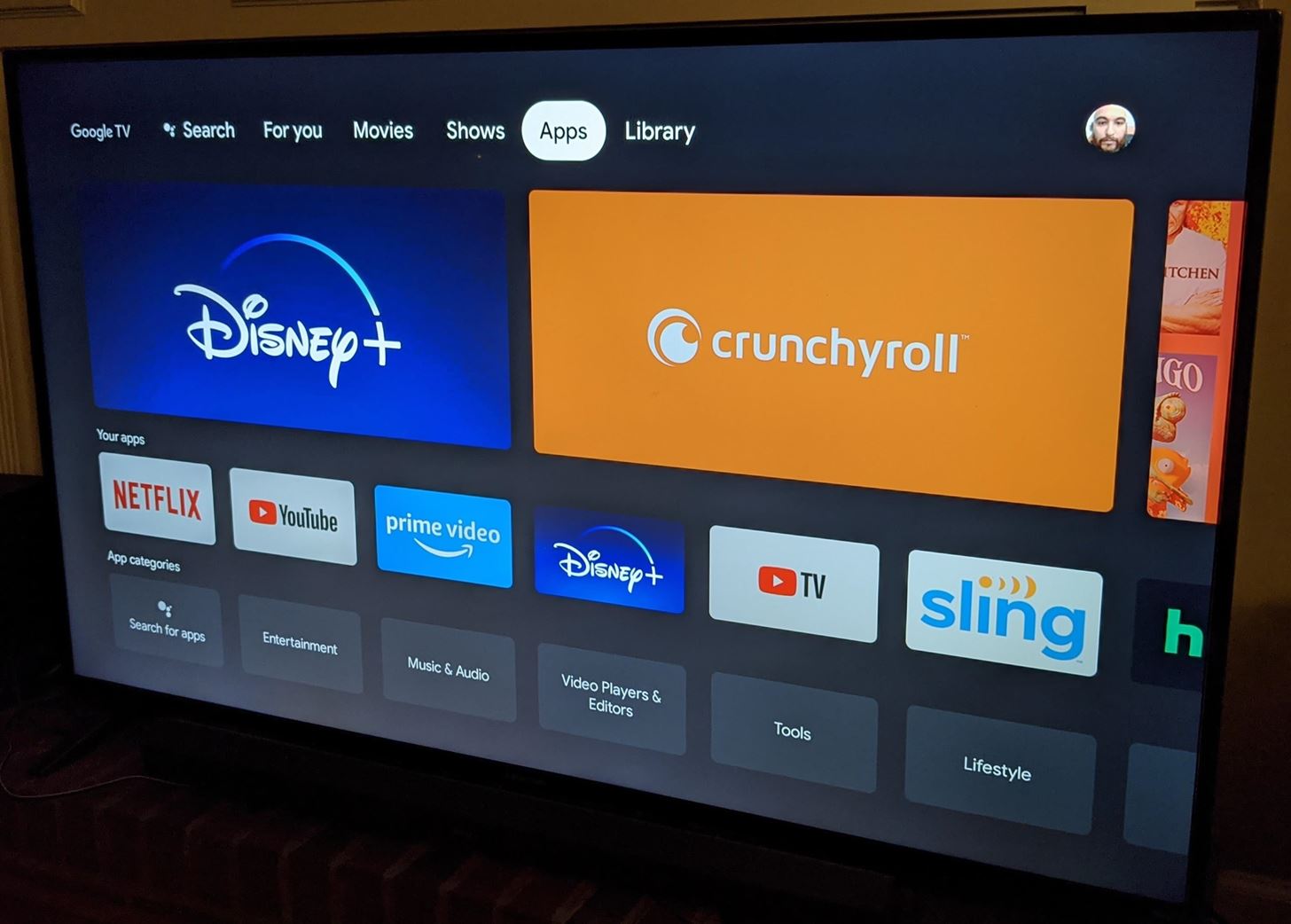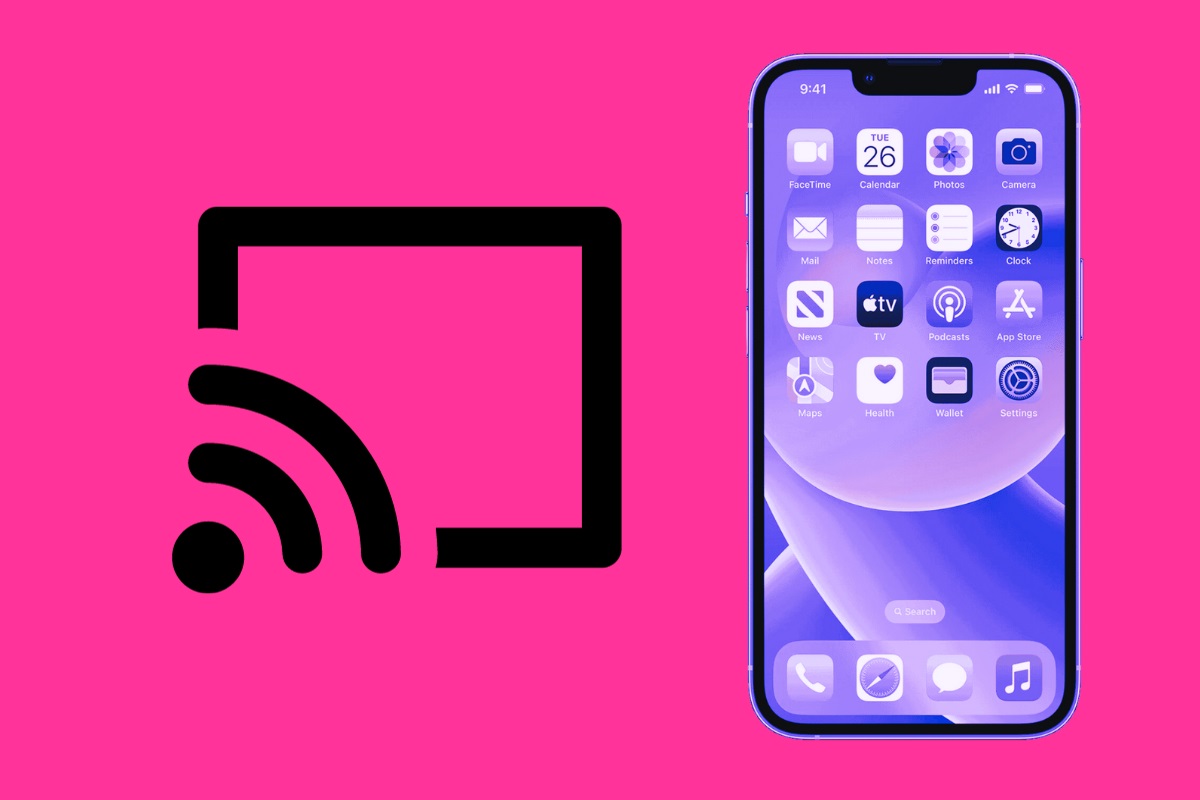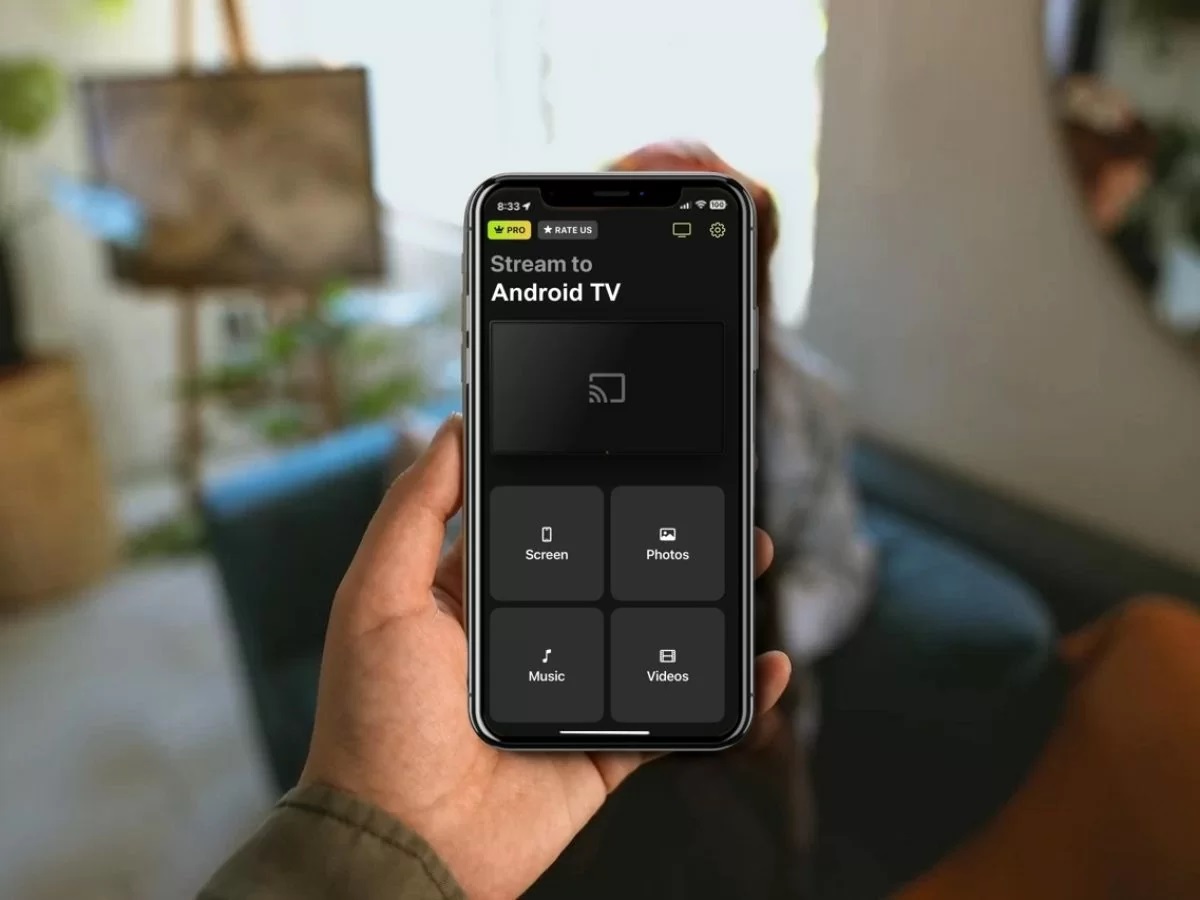Home>Software and Apps>How To Make VPN App
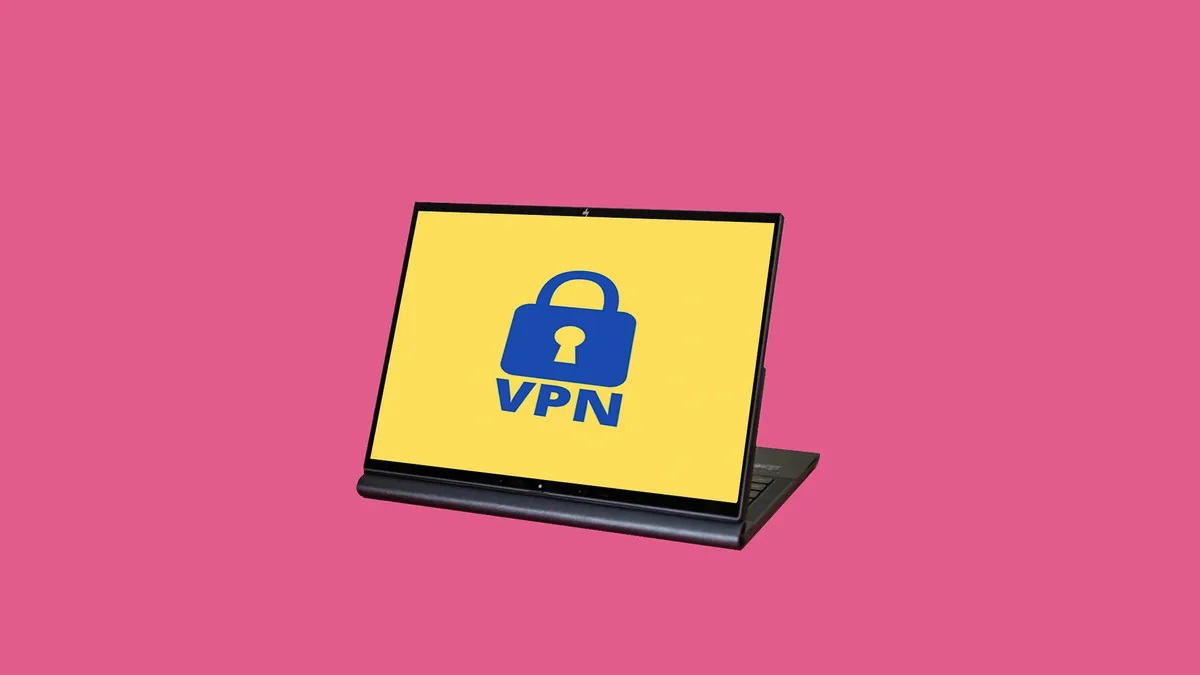

Software and Apps
How To Make VPN App
Modified: September 5, 2024
Learn how to create a VPN app with our comprehensive guide. Explore the latest software and apps for developing your own VPN application.
(Many of the links in this article redirect to a specific reviewed product. Your purchase of these products through affiliate links helps to generate commission for Techsplurge.com, at no extra cost. Learn more)
Table of Contents
Planning and Design
Read more: How Does Proton VPN Make Money
Define the Purpose
- Determine the target audience: personal use, businesses, or specific industries.
- Identify desired features: encryption methods, server locations, speed optimization, user interface.
Research the Market
- Study existing VPN apps to understand strengths and weaknesses.
- Analyze user reviews and ratings to identify likes and dislikes.
Choose a Platform
- Decide on development for mobile devices (iOS and Android) or desktop operating systems (Windows, macOS, Linux).
- Consider cross-platform development for availability on multiple platforms.
Create a Wireframe
- Sketch the user interface (UI) and user experience (UX) to visualize the app's look and function.
- Use tools like Figma, Sketch, or Adobe XD for wireframes.
Read more: Developing an Augmented Reality App
Develop a Prototype
- Create a functional prototype to test basic functionality.
- Use tools like InVision or Figma for interactive prototypes.
Development
Choose a Programming Language and Framework
- For mobile apps: Java or Kotlin for Android, Swift or Objective-C for iOS.
- For desktop apps: Python, Java, or C++.
- Popular frameworks: React Native for cross-platform development, Electron for desktop applications.
Set Up the Development Environment
- Install necessary development tools and software.
- Set up your IDE (Integrated Development Environment) such as Android Studio, Xcode, or Visual Studio Code.
Read more: What Is Key VPN App
Implement Encryption
- Choose an encryption method: OpenVPN, WireGuard, or IKEv2.
- Implement the encryption protocol using libraries or frameworks for your chosen programming language.
Create a Server Infrastructure
- Decide between hosting your own servers or using a third-party service.
- Set up servers with the necessary infrastructure for user connections and data transfer.
Develop the User Interface
- Design a user-friendly interface that is easy to navigate.
- Implement features like login/signup, server selection, speed testing, and settings.
Integrate Authentication
- Implement authentication mechanisms to ensure only authorized users can access the VPN service.
- Use OAuth, JWT, or other authentication protocols to secure user credentials.
Read more: How To Make Subtitles Bigger On Netflix
Test for Security
- Conduct thorough security testing to ensure the app is secure against common vulnerabilities.
- Use tools like OWASP ZAP or Burp Suite to identify potential security issues.
Optimize Performance
- Optimize the app for speed and performance by minimizing latency and maximizing throughput.
- Use techniques like caching, compression, and load balancing to improve performance.
Implement Logging and Analytics
- Set up logging mechanisms to track user activity and diagnose issues.
- Use analytics tools to monitor app usage and gather insights on user behavior.
Deploy the App
- Deploy the app on app stores (Google Play Store, Apple App Store) or distribute it through your own website.
- Ensure compatibility with different devices and operating systems.
Read more: How To Make Subtitles Bigger On Peacock
Testing and Maintenance
Alpha and Beta Testing
- Conduct alpha testing with a small group of users to identify major issues.
- Perform beta testing with a larger group to gather feedback and make final adjustments.
User Feedback
- Collect user feedback through surveys, reviews, and support tickets.
- Use this feedback to make continuous improvements to the app.
Regular Updates
- Regularly update the app with new features, bug fixes, and security patches.
- Communicate these updates to users through notifications or changelogs.
Read more: How To Download Apps On Chromecast
Monitor Performance
- Continuously monitor the app's performance to ensure it remains stable and secure.
- Use performance metrics to identify areas for improvement.
Compliance and Legal Considerations
- Ensure the app complies with relevant laws and regulations regarding data privacy and security.
- Obtain necessary licenses and certifications to operate a VPN service.
By following these steps, a robust and user-friendly VPN app can be created to meet the needs of your target audience. Continuous testing and improvements ensure the app remains secure and efficient over time.

